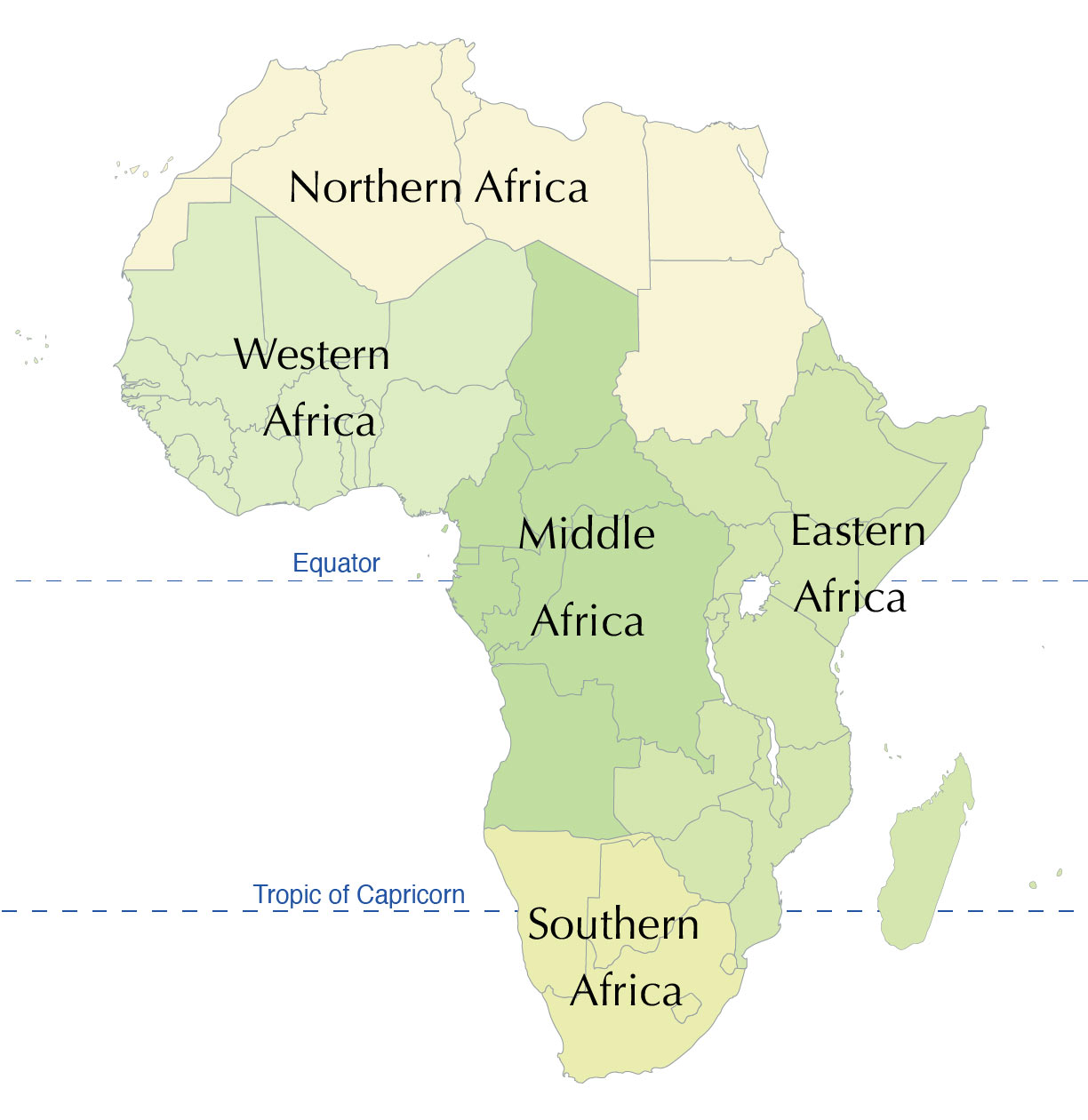Far Cry Poem Techniques
When we come to the third and fourth lines of the first stanza the pace quickens with more and more anapestic meters used. For example the third line has a rhythm as follows: Bat/ten upon/the bloodstreams/of the veldt/The line is anapestic tetrameter. On each of the groups except the first the final syllable is stressed. The first two are unstressed. the same pattern holds for the fourth line except for the last two syllables; a dise/.They are an iambus as the first is not stressed and the second is stressed.
Thus as also the other lines of the poem are arranged in the same pattern of iambus alternating with anapest the conclusion we can arrive at regards the rhythm of the poem is that it is basically iambic and anapestic.
What this mixture of iambus and anapest suggest phonetically is that the poet is dealing with a serious subject. The iambus suggests that. The anapest has its own suggestion. It quickens the pace of the poem. We quicken the pace of our speech when we are emotionally worked up. The poem caries heightened emotion and that is quickened pace of rhythm, suggests.
Apart from his unusual arrangement of rhythm or rhyme of the poem we also find it s language not lyrical. A lyric is a poem that can be set to music and sung to express finer feelings. Accordingly the language has to be simple and mellifluous. In Walcott's poem we have rather hard sounds. Consider for example the words like 'tawny' 'batten' 'bloodstreams ''corpses' 'carrion' 'separate dead' 'hacked in bed' 'parched river' 'violence of beasts' ' carcass of a drum' ' gorilla' 'blood of both' and 'divided to the vein'
These words and phrases, which are hard both phonetically and semantically, give a ' hard-hearted' effect to the poem. As much as the poem's contents deal wit the hard-hearted character of both colonialists and rebels in their violence against each other these hard sounding words and phrases fit in well and add to the meaning of the poem.
As for imagery in the poem, images of death abound in the poem. Flies, bloodstreams, corpses, carrion being hacked to death in bed ,the cry of ibis, and finally the carcass are all associated with violence and death. Thus supported by other details of the poem these images create an environment of violence and death, which is the final result of conflict created by colonialism.



Congratulations 🎉
ReplyDeleteso good
ReplyDeleteKeep up the good work.
ReplyDeleteGood 🖐️
ReplyDelete